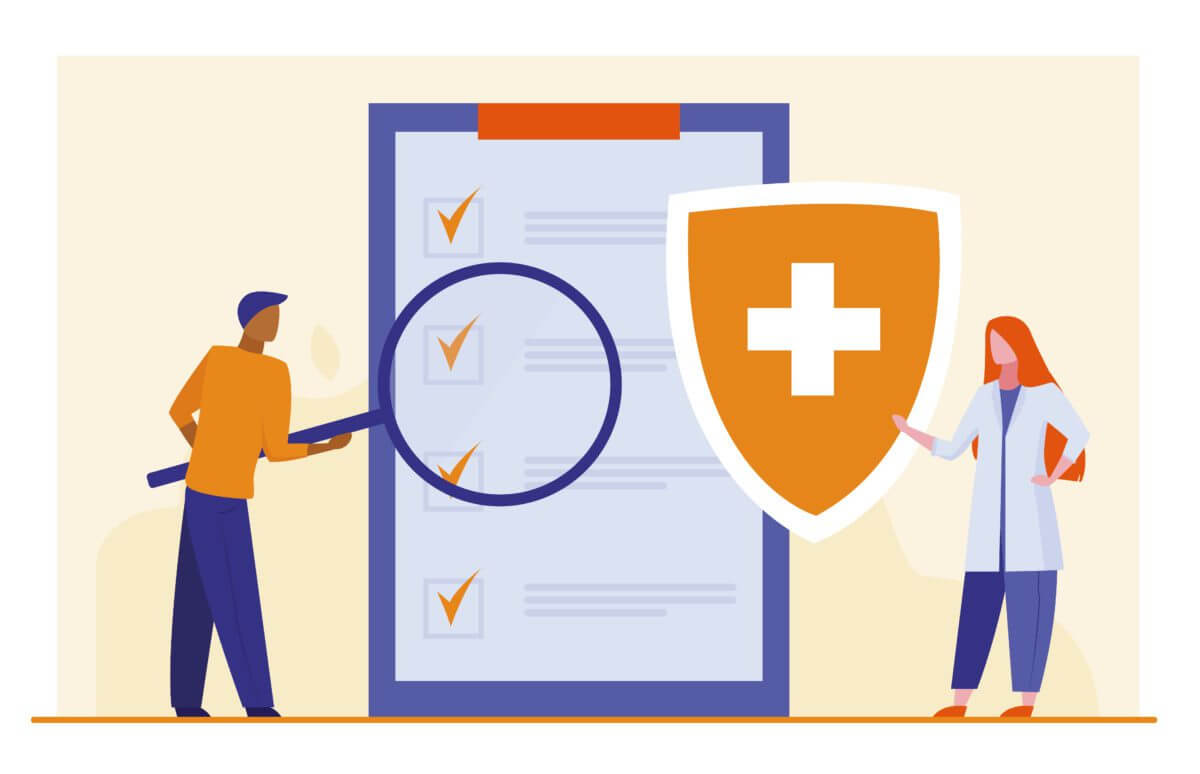4 Tips: A Culture of Safety is the Most Important Asset to Maintain


As a manufacturing leader you know safety is core to both the protection of your people and the success of the company as a whole. A problematic safety program, or one that is even just occasionally ignored, can lead to unnecessary delays to production, serious injuries to people, or even death. While it’s hard to put a price on the damage to people from bodily harm or death, the potential for financial damage is clear – and considerable. Lost productivity, regulatory fines, damaged or underutilized assets, and a drag on company reputation all may result from preventable, but unprevented, safety incidents.
Of course, it’s a constant challenge to keep your entire workforce attentive to safety risks.
You may have already spent effort improving your safety policies, making them more thorough, and adding mandatory training. But those efforts aren’t guaranteed to work, and can even backfire. When safety isn’t an ongoing conversation that’s ingrained in your workplace culture, thorough policies and the like can become a distraction rather than an enabler of industrial excellence.
You need to make sure your safety messages resonate emotionally, are simple, and backed by a robust accountability and communication system if you want them to be more than yet another reference material ignored in a binder somewhere.

Safety Should be Simple
Difficult and complex requirements are harder to remember. In an effort to be thorough, leaders often make lessons overly complex. The simplest illustrations are the ones most likely to be retained – and therefore recalled to improve decisions. Lengthy safety protocols may be good to reference when someone is confused, but they all too often put employees to sleep while they implicitly assume the material is unreasonable. Employees already have so much to be concerned about. Your safety guidance should take that into account.
Safety messages must be clear and simple in order to stick in your team’s minds rather than getting lost in the flood of information everyone is bombarded with these days.
Workforce training experts know that employees generally have a low level of recall of the last webinar or workplace training they attended, unless they can reference notes. Expert Stephen M. Paskoff suggests that, “the more complex and detailed the topic the less likely it is you’ll recall what you were taught. And if you’ve only used the information once and heard little or nothing about it since, you’ll likely remember less. That’s how perception, memory, and learning work.”
If your safety communication and training is mostly driven by the complexity of your policies, yo should expect much of it to be ignored, forgotten, and not applied.
Make rules as simple as possible so they’re easy to remember and put to use.
Trust your people to intelligently apply principles to their own situations for the safety of their person (and their peers) and benefit of the company. While examples can be helpful to illustrate an application, defining each instance and reaction leads to boredom and makes the whole program less engaging.
Consolidate lessons into principles that make them simpler and more convenient to recall.
Finally, retain simplicity as you iterate your safety program. Introduce concepts slowly and in smaller chunks for better results, as numerous expert studies on microlearning illustrate. Plan to follow up, continue the education, and refine employees’ views so things are easier to remember.
Safety Should be Emotional
OSHA and other governmental agency guidance make it clear that thorough safety protocols make sense. So then why are engagement and buy-in so often underwhelming?
One contributor is the fact that employees often get trained to think of safety from the perspective of a planning committee rather than from their own viewpoint. Safety becomes, to them, a series of checklists. They may assume they were build with the best intentions, but they’re likely to be forgotten all the same.
“For your organization’s response team members, emotional buy-in is critical to ensure that the program moves from a detached series of mechanical steps, to a holistic and effective response CULTURE,” writes Ian Mcallister, a safety and disaster preparedness expert.
Then what can you do to move past the cold, dead policy-centric training to something that will be more people-centric? After all, you need real people with a wide range of jobs to engage to make those policies affect action.
Clarify that safety training is not, primarily, to satisfy auditors or reduce insurance costs. Make it clear that there are real risks and consequences to employees and the peers they care about when safety is not primary. Appeal to the team’s pride, hopes, fear, even shame as you highlight the enormous benefits to adhering to safety protocols.
Make it clear that violating safety practices doens’t just threaten the health of an employee who makes a mistake. Accidents can cause other workers, or the entire company, to suffer negative consequences. The core target of your safety training, therefore, is to protect your entire workforce community. That appeal to a collective social group can resonate with employees on a much more emotional level.
When your safety training gives people examples from real life, and illustrates potential accidents in a way that makes people pay attention, you’re heading toward a more effective program that illustrates how serious safety is for everyone!
Safety Should be Accountable
A successful safety program requires modeling buy-in from leaders, a concrete plan, and a feedback loop of input, concerns, and exceptions to demonstrate a comprehensive commitment.
Set company-wide goals and clear metrics for safety, that take top billing with your production and profitability metrics.
If you, for example, set a goal to have no work days missed for safety incidents all year, employees should know that observing rules and achieving that goal will be a big part of how their performance is evaluated.
Discuss safety efforts regularly at meetings. Also, encourage and enable leaders to bring up safety Dynamics in less formal check-ins with employees.
As you compare your current compliance culture 2 your goals, find Milestones to celebrate along the way. Key leaders should recognize any outstanding efforts, or even minimal engagement f that counts as progress from where you’ve been. By recognizing individual employees, you can Leverage social validation while making your whole program more personal.
Safety Should be Responsive
Establish strong, visible leadership and model positive behavior to move toward a more safety conscious culture. Beyond that, you should plan reliable ways to uncover, investigate, and remediate safety violations.
At a minimum, employees should have several clear ways to report issues or problems that makes sense in the context of your culture and work environment. Make it clear that any injury, first aid, or even near Miss must be reported in order for the safety program to work. Make it clear that report should be prompt and specify any detail if certain people should be notified separately.
While a centralized and even Anonymous enabled system for reporting incidents that feeds into a case management system for audit trails and investigations is a best practice, you can take steps today to move toward a stronger safety culture. Beyond training, there should be core Group of Supervisors or other leaders who are held responsible 4 transparency around safety.
Make sure you have a policy for keeping records of incidents so they are accessible when needed.
Finally, you should have consistent (and consistently applied) discipline procedures for when safety protocols are violated. Well discipline procedures are essential, they can also be tricky. You need to make sure you do not appear to be discriminating against any employees for making a report. OSHA explicitly forbids it. “It is illegal for an employer to fire, demote, transfer or otherwise retaliate against a worker for,” filing a claim in good faith. Also, you don’t want to discourage the gym at reports by retaliating against employees who engage in the process.
You should consider getting advice from a legal expert, but in any case if you communicate safety rules and consequences very clearly you’re on the right track. Make sure you thoroughly document any disciplinary procedures and craft a policy that protects the company while improving safety at the same time.
Make the Right Move
Many manufacturing facilities Have made significant progress in recent years to focus on safety as a core competency. The benefits have shown up in financial performance, market dominance, and a healthy workplace culture. The benefits of a good safety program don’t stop just at keeping people from getting injured. Building a culture of safety requires clear communication from leadership, in easy and reliable way to report and track issues, and training that does not just regurgitate the policy book, but actually helps people remember and act differently. Well there are many products and programs you can Implement to improve safety, find one thing you can do this month or in the next quarter to move your culture into a safer place.





































